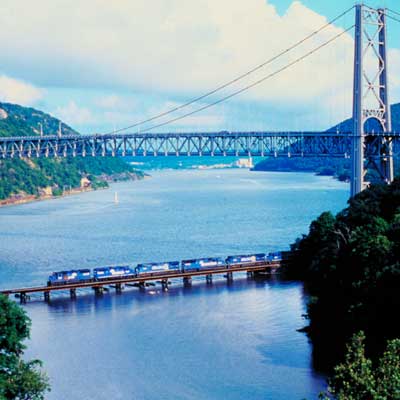Here is an FHWA Press Release dated Aug. 2, 2007:
http://www.fhwa.dot.gov/pressroom/fsi35.htm
Here is a security camera video of the collapse:
http://www.cnn.com/video/#/video/us/2007/08/02/vosli.mn.i35w.bridge.collapse.side.view.cnn
Here are photos of the collapse:
http://abcnews.go.com/GMA/popup?id=3439572
http://www.washingtonpost.com/wp-srv/nation/interactives/minnbridge/index.html?hpid=artslot
Diagramming the collapse:
http://abcnews.go.com/Technology/popup?id=3440485
Problems with Minnesota bridge noted twice since 2001:
http://www.cnn.com/2007/US/08/02/bridge.structure/index.html#cnnSTCText
Here is the MnDOT 2001 Report:
http://www.lrrb.gen.mn.us/PDF/200110.pdf
A 2001 study conducted by the Minnesota Department of Transportation found "several fatigue problems" in the bridge's approach spans and "poor fatigue details" on the main truss. The study suggested that the design of bridge's main truss could cause a collapse if one of two support planes were to become cracked, although it allowed that a collapse might not occur in that event. But, the study concluded, "fatigue cracking of the deck truss is not likely" and "replacement of the bridge ... may be deferred."
Two years ago, the U.S. Department of Transportation's National Bridge Inventory database said the bridge was "structurally deficient." The Minneapolis Star Tribune quoted Jeanne Aamodt, a spokeswoman for the Minnesota Department of Transportation, as saying the department was aware of the 2005 assessment of the bridge. The bridge received a rating of 4 on a scale of 1 to 10. A bridge receives a rating of 4 when there is "advanced section loss, deterioration."
http://www.cnn.com/2007/US/08/02/bridge.collapse/index.html

